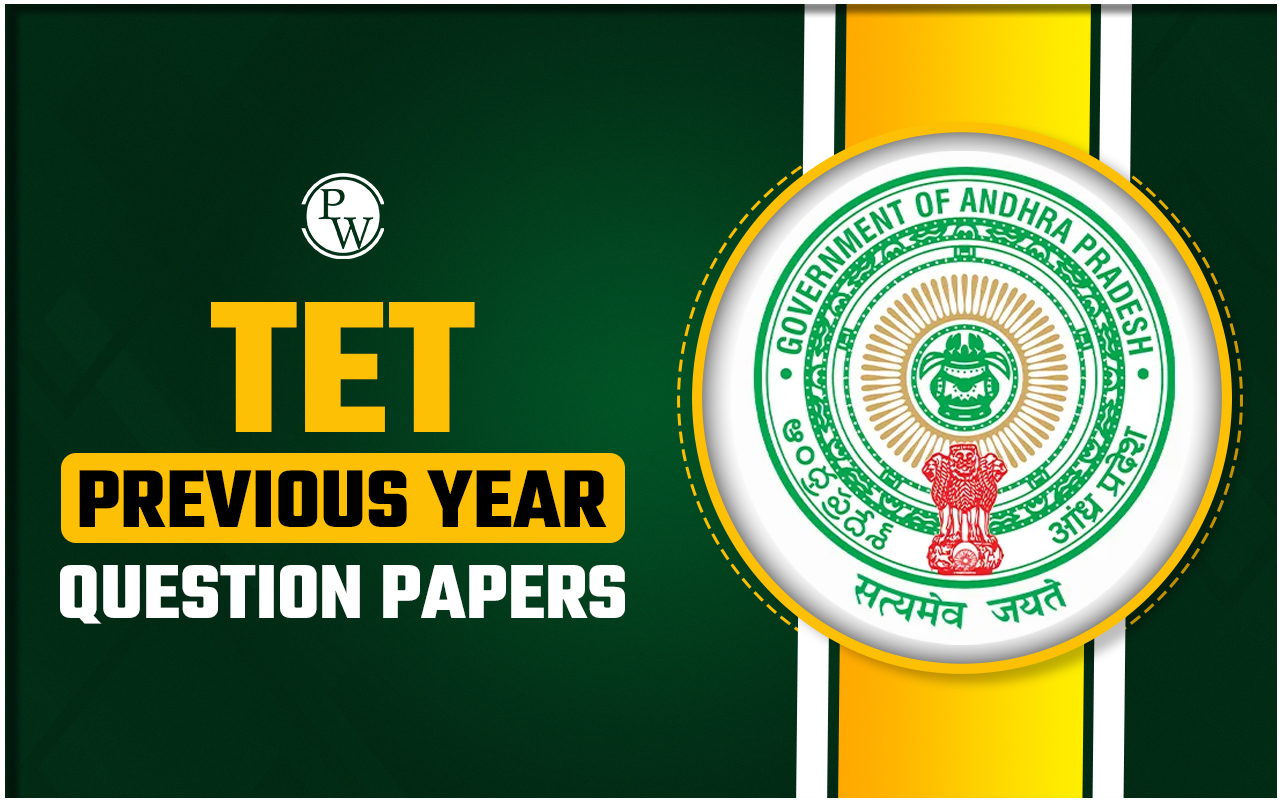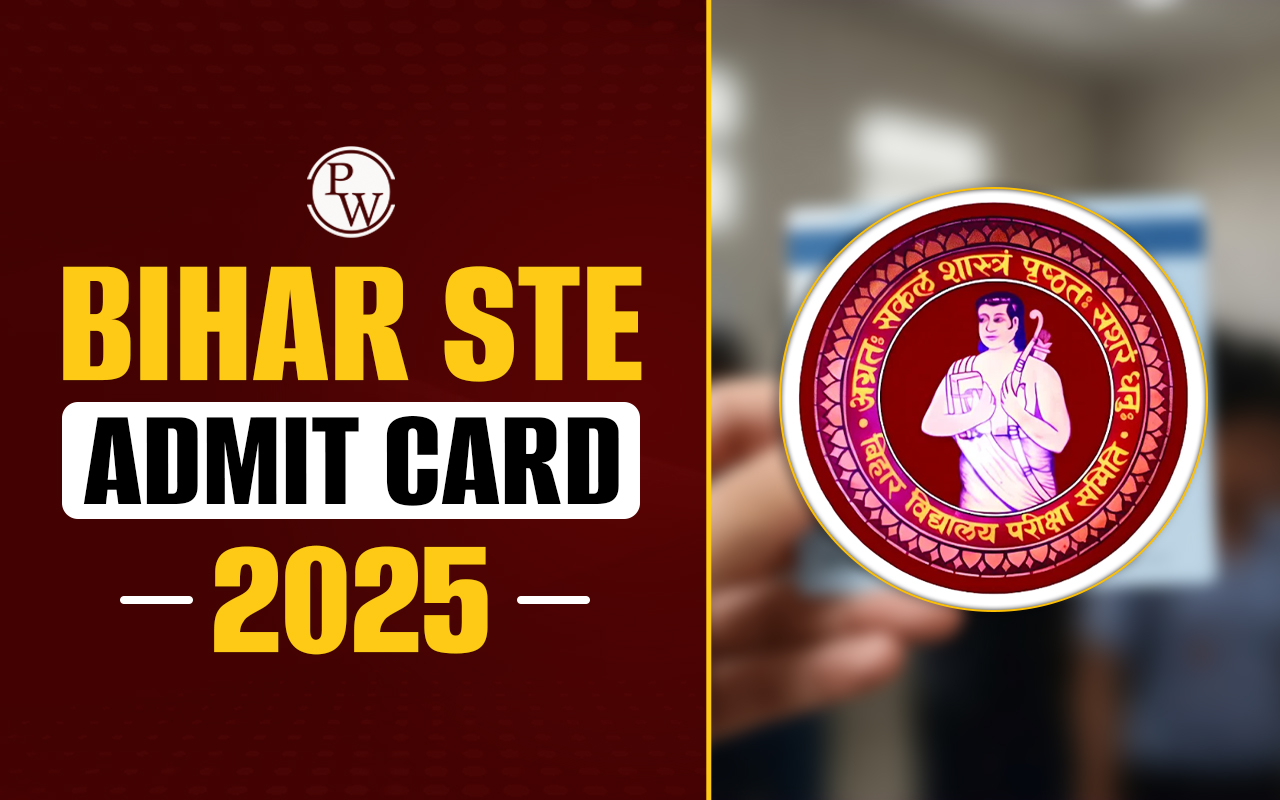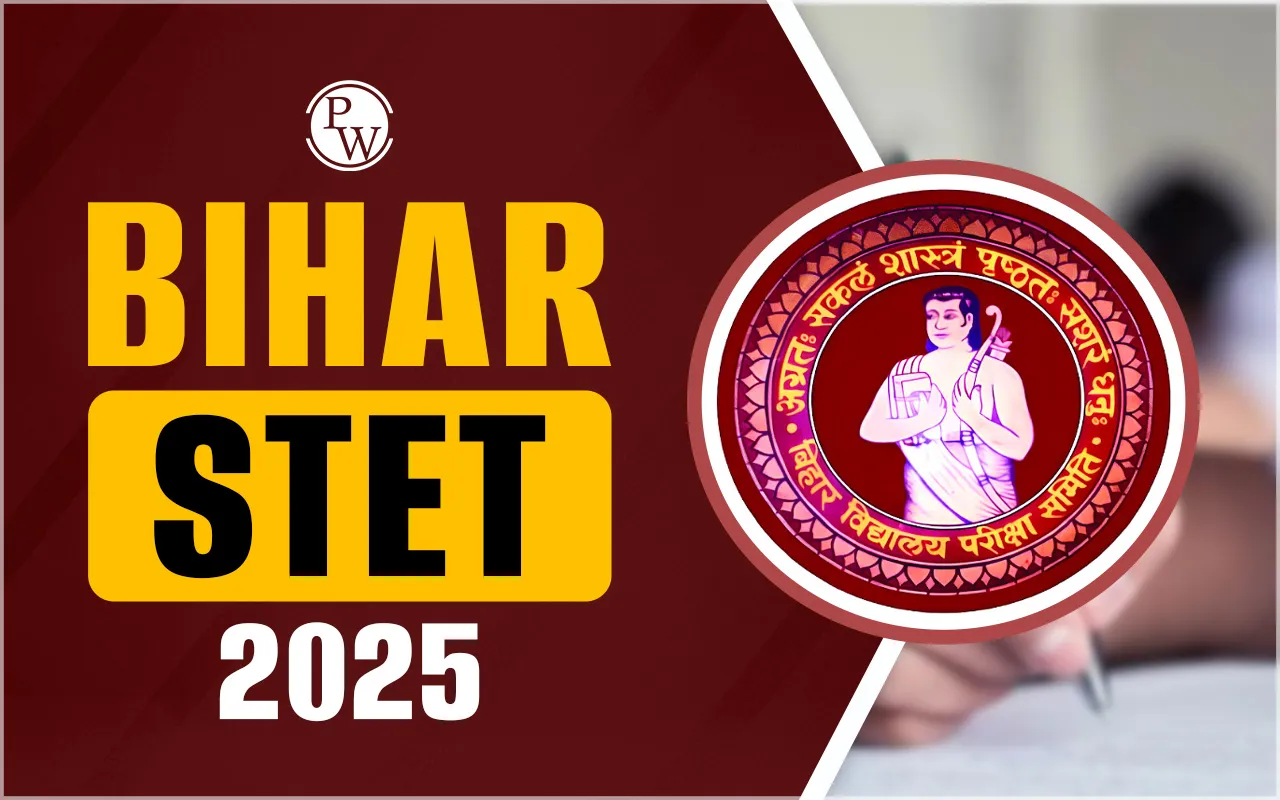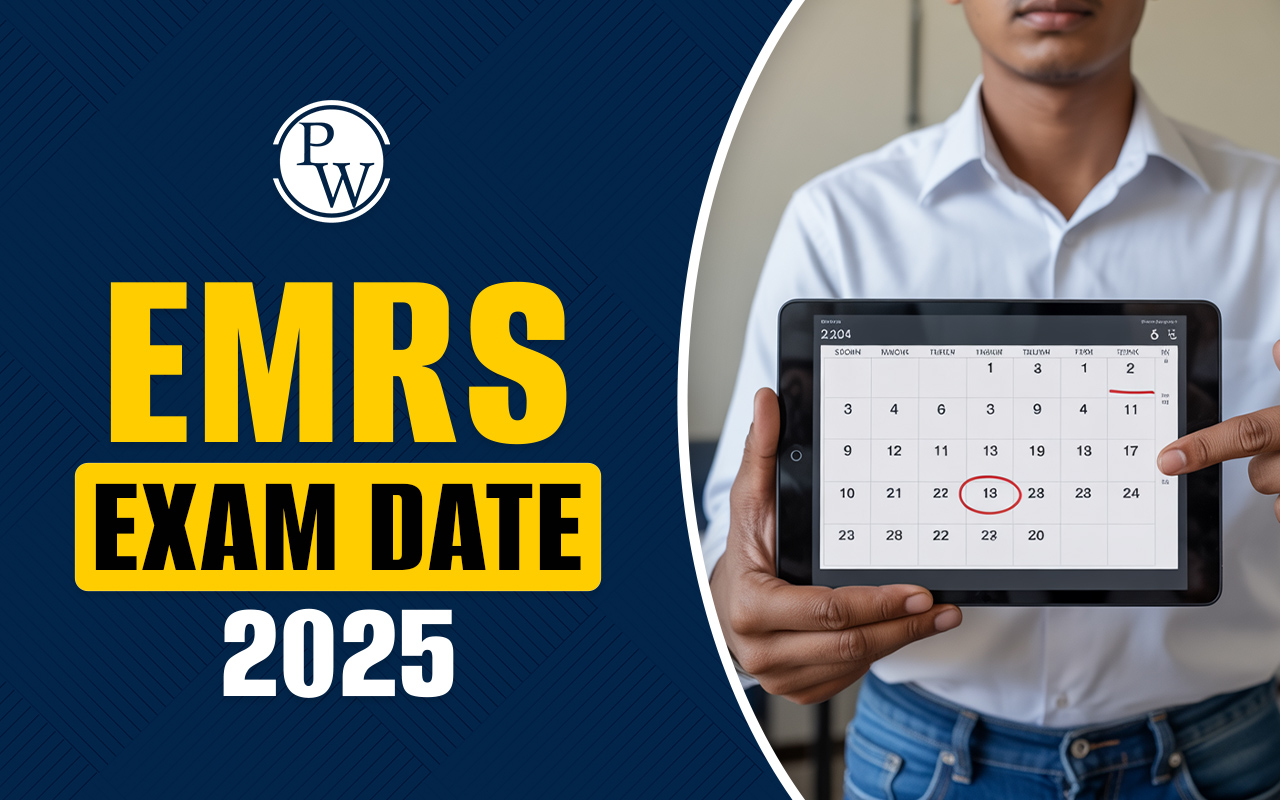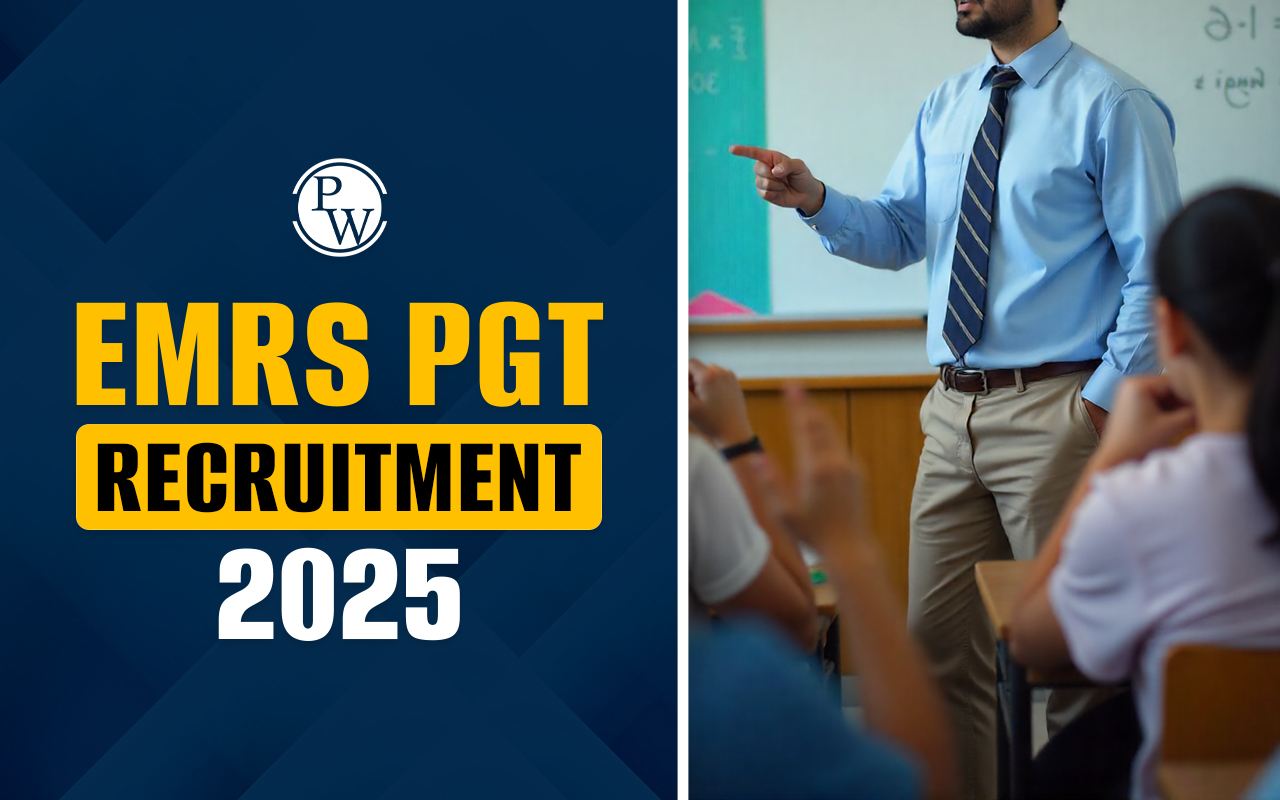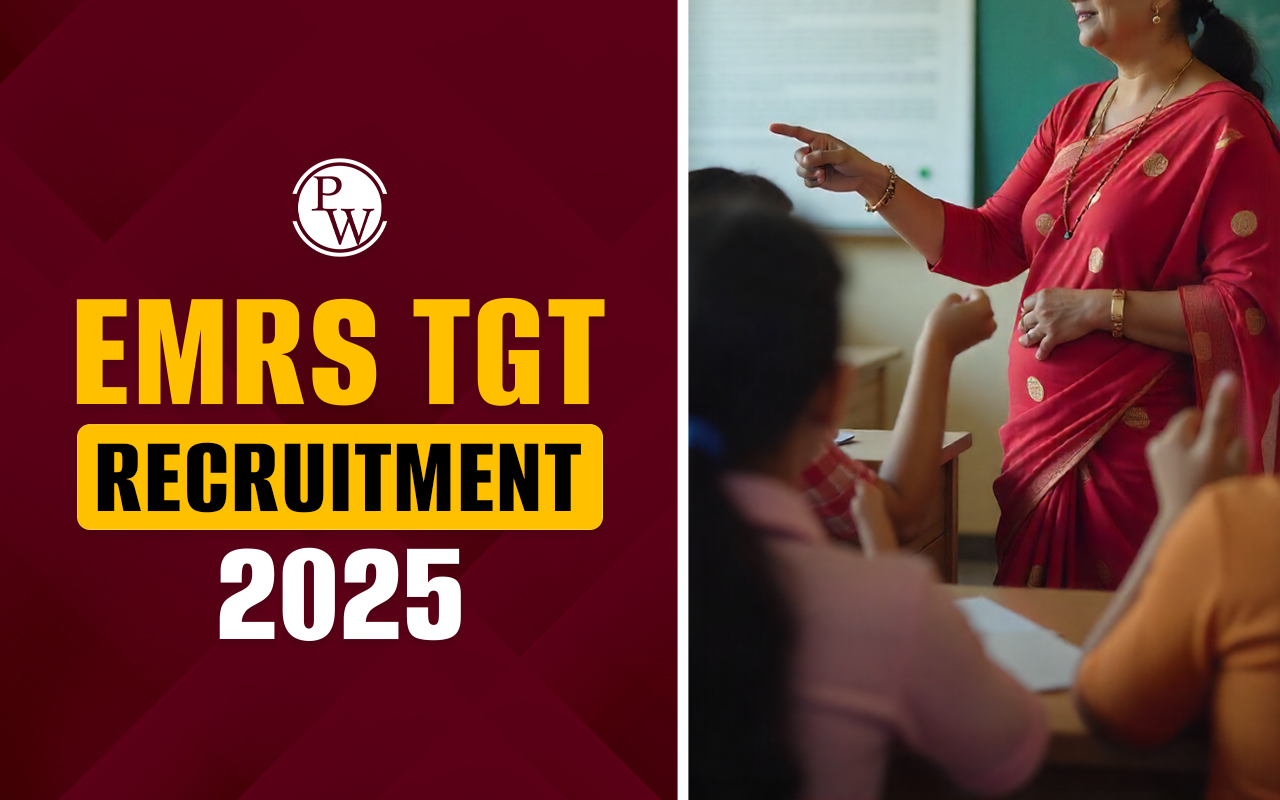
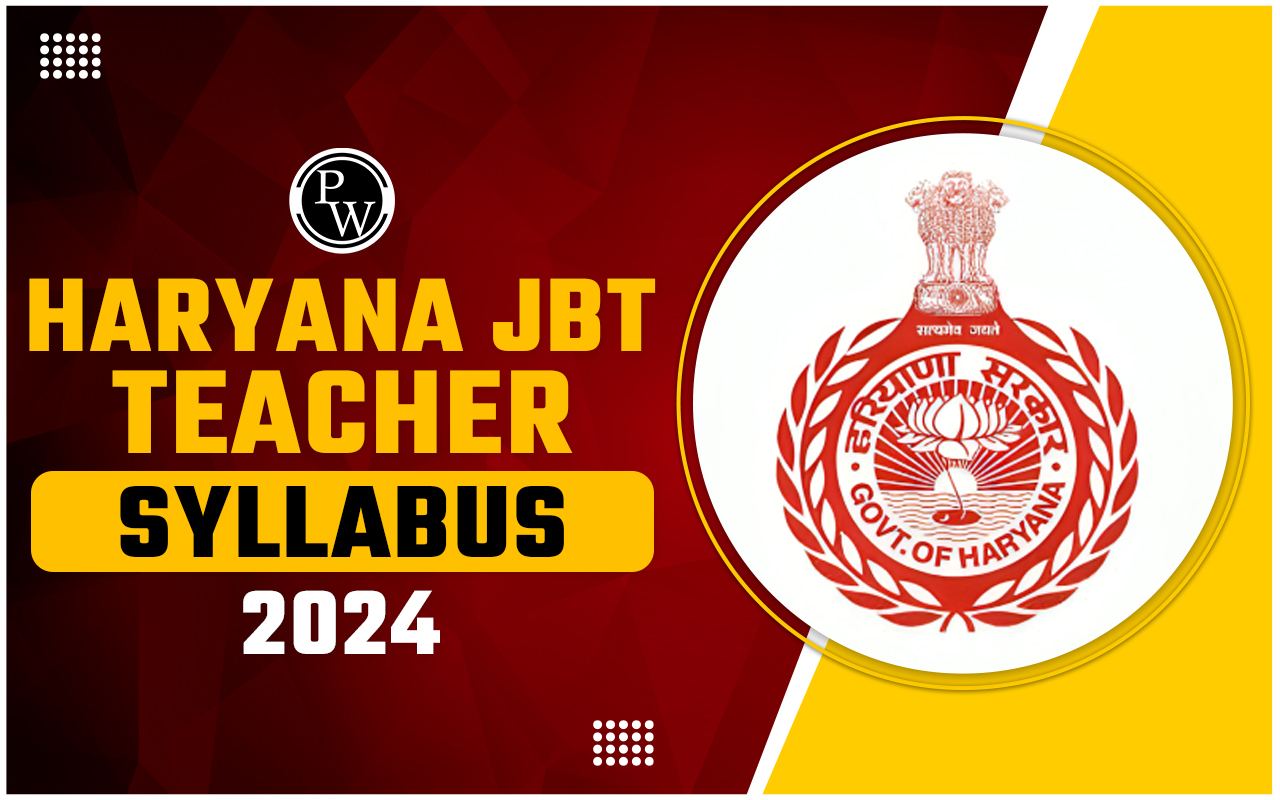
Haryana JBT Teacher Syllabus 2024: The Haryana Staff Selection Commission has released the official Haryana JBT Syllabus 2024 on their website. Candidates should review the syllabus to prepare thoroughly. Understanding the syllabus and exam pattern is essential for creating effective exam strategies.
Haryana JBT Teacher Syllabus 2024
The Haryana Staff Selection Commission (HSSC) has published the Haryana JBT Syllabus 2024, covering various subjects and topics to help candidates prepare effectively. Understanding the syllabus in detail is crucial for devising a solid preparation strategy. Below is a breakdown of the syllabus for key subjects, including Child Development and Pedagogy, Hindi Language, English Language, General Knowledge & Awareness, General Intelligence & Reasoning Ability, Mathematics, and Environmental Studies.Haryana JBT Teacher Syllabus 2024 Overview
The Haryana Public Service Commission (HPSC) has released the detailed syllabus and exam structure. This Haryana JBT Teacher Recruitment 2024 process aims to fill 3,069 vacancies. Below is a simplified and easy-to-understand breakdown of the exam structure.| Haryana JBT Teacher Syllabus 2024 Overview | |
| Exam Stage | Details |
| Exam Conducting Body | Haryana Public Service Commission (HPSC) |
| Exam Name | Haryana JBT Teacher Recruitment 2024 |
| Total Vacancies | 3,069 |
| Category | Syllabus |
| Total Written Exams | 2 |
| Screening Test | Objective-type questions, 100 questions, 25% weightage, 2 hours duration |
| Subject Knowledge Test | Descriptive questions, 150 marks (87.5% weightage), 3 hours duration, focuses on subject knowledge |
| Interview | 12.5% weightage of the total marks |
| Type of Exam | State-Level |
| Official Website | hpsc.gov.in |
Haryana JBT Teacher Syllabus 2024 Subject Wise
The Haryana JBT Teacher Syllabus 2024 is designed to evaluate candidates on various subjects crucial for teaching at the junior basic level. It includes topics that assess the candidate's proficiency in child development, pedagogy, languages, mathematics, and environmental studies. The Haryana JBT Teacher Syllabus 2024 is structured to ensure that future teachers are well-equipped with the knowledge and skills needed for effective teaching. Here is the Haryana JBT Teacher Syllabus Subject Wise given in the table:Child Development and Pedagogy Syllabus 2024
The Child Development and Pedagogy section focuses on understanding the concepts of child development and the factors affecting learning. Below are the key topics covered:| Child Development and Pedagogy Syllabus 2024 | |
| Topic | Description |
| Concept of development and its relationship with learning | Understanding how development impacts learning. |
| Principles of the development of children | Key principles guiding child development. |
| Influence of Heredity & Environment | Role of genetics and environment in child growth. |
| Socialization processes: Social world & children | Interaction of children with teachers, parents, and peers. |
| Piaget, Kohlberg, and Vygotsky: constructs and critical perspectives | Theories of cognitive and moral development. |
| Concepts of child-centered and progressive education | Focus on student-centered learning approaches. |
| Critical perspective of the construct of Intelligence | Understanding intelligence from different viewpoints. |
| Multi-Dimensional Intelligence | Exploring different types of intelligence. |
| Language & Thought | Relationship between language development and cognitive processes. |
| Gender as a social construct | Exploring gender roles and biases in education. |
| Individual differences among learners | Recognizing diverse learning needs. |
| Understanding differences based on diversity | Addressing diversity in language, caste, gender, community, and religion. |
| Distinction between Assessment for learning and assessment of learning | Understanding different assessment approaches. |
| School-Based Assessment | Methods for evaluating student performance in school. |
| Continuous & Comprehensive Evaluation (CCE) | Implementing ongoing and holistic assessment practices. |
| Formulating appropriate questions | Techniques for assessing student readiness. |
| Enhancing learning and critical thinking | Strategies for improving classroom learning. |
| Assessing learner achievement | Approaches to measuring student success. |
| Inclusive education and understanding children with special needs | Adapting teaching methods for special education. |
| Addressing learners from diverse backgrounds | Strategies for teaching disadvantaged and deprived children. |
| Addressing children with learning difficulties | Supporting children with learning impairments. |
| Addressing the Talented, Creative, Specially abled Learners | Catering to the needs of gifted students. |
| How children think and learn | Understanding cognitive processes in children. |
| Basic processes of teaching and learning | Core methods of teaching and learning. |
| Learning as a social activity | The role of social interaction in learning. |
| Child as a problem solver | Encouraging scientific investigation among children. |
| Understanding children’s errors | Recognizing mistakes as part of the learning process. |
| Cognition & Emotions | Exploring the connection between thought and emotion. |
| Motivation and learning | Factors that drive learning. |
| Factors contributing to learning | Personal and environmental influences on learning. |
Hindi Language Syllabus 2024
The Hindi Language syllabus covers comprehension, grammar, and verbal ability. Below are the key topics:| Hindi Language Syllabus 2024 | |
| Topic | Description |
| Reading unseen passages | Comprehension exercises including prose, drama, and poetry. |
| Questions on comprehension, inference, grammar, and verbal ability | Assessing language proficiency through various types of questions. |
| Pedagogy of Language Development | Strategies for teaching Hindi language. |
| Learning and acquisition | Understanding how language is learned. |
| Principles of language teaching | Effective methods for teaching Hindi. |
| Role of listening and speaking | Importance of oral language skills. |
| Critical perspective on the role of grammar | Analyzing the role of grammar in learning. |
| Challenges of teaching language in a diverse classroom | Overcoming difficulties in a multilingual environment. |
| Language difficulties, errors, and disorders | Addressing common language learning issues. |
| Language Skills | Developing speaking, listening, reading, and writing skills. |
| Evaluating language comprehension and proficiency | Techniques for assessing language abilities. |
| Teaching-learning materials | Utilizing textbooks and multimedia resources. |
| Remedial Teaching | Addressing learning gaps with targeted instruction. |
English Language Syllabus 2024
The English Language syllabus focuses on comprehension, grammar, and the pedagogy of language development. Below are the key topics:| English Language Syllabus 2024 | |
| Topic | Description |
| Two unseen prose passages | Comprehension exercises from various genres. |
| Questions on comprehension, grammar, and verbal ability | Evaluating understanding and language skills. |
| Pedagogy of Language Development | Strategies for teaching English. |
| Learning and acquisition | Exploring how English is acquired. |
| Principles of language teaching | Effective teaching methodologies. |
| Role of listening and speaking | Enhancing oral communication skills. |
| Critical perspective on the role of grammar | The importance of grammar in learning English. |
| Challenges of teaching language in a diverse classroom | Strategies for teaching in multilingual settings. |
| Language difficulties, errors, and disorders | Addressing common issues in learning English. |
| Language Skills | Developing proficiency in speaking, listening, reading, and writing. |
| Evaluating language comprehension and proficiency | Techniques for assessing English language skills. |
| Teaching-learning materials | Effective use of textbooks and multimedia. |
| Remedial Teaching | Strategies for helping struggling students. |
Haryana G.K and Awareness Syllabus 2024
The General Knowledge and Awareness section focuses on Haryana-specific topics. Below are the key topics:| Haryana G.K and Awareness Syllabus 2024 | |
| Topic | Description |
| Haryana related history | Key historical events related to Haryana. |
| Current affairs | Recent events and developments in Haryana. |
| Literature | Notable literary works from Haryana. |
| Geography | Understanding the geography of Haryana. |
| Civics | Civic structure and governance in Haryana. |
| Environment | Environmental issues and initiatives in Haryana. |
| Culture | Cultural heritage of Haryana. |
| Art | Significant art forms in Haryana. |
| Traditions | Traditional practices and customs in Haryana. |
| Welfare schemes of Haryana Government | Government initiatives for public welfare. |
General Intelligence & Reasoning Ability Syllabus 2024
This section assesses candidates' reasoning and problem-solving skills. Below are the key topics:| General Intelligence & Reasoning Ability Syllabus 2024 | |
| Topic | Description |
| Verbal and Non-verbal reasoning | Understanding both types of reasoning. |
| Analogies | Identifying relationships between concepts. |
| Similarities and differences | Comparing and contrasting ideas. |
| Space visualization | Understanding spatial relationships. |
| Spatial orientation | Recognizing object positions. |
| Problem-solving | Tackling various problems logically. |
| Analysis and Judgment | Evaluating information critically. |
| Decision making | Making informed choices. |
| Visual memory | Retaining visual information. |
| Discrimination | Distinguishing between different elements. |
| Observation | Noticing details. |
| Relationship concepts | Understanding connections between ideas. |
| Arithmetical reasoning and figural classification | Applying reasoning to numbers and figures. |
| Coding and decoding | Interpreting coded messages. |
| Statement conclusion | Drawing logical conclusions. |
| Syllogistic reasoning | Reasoning through logical arguments. |
| Semantic and Figural Analogy | Comparing meanings and figures. |
| Word Building | Forming words from letters. |
| Trends and Space Orientation | Identifying patterns and spatial orientation. |
| Critical thinking | Applying logic to complex problems. |
| Emotional and Social Intelligence | Understanding emotional and social cues. |
Mathematics Syllabus 2024
The Mathematics section covers fundamental concepts and pedagogical issues. Below are the key topics:| Mathematics Syllabus 2024 | |
| Topic | Description |
| Geometry | Understanding shapes and their properties. |
| Shapes & Spatial Understanding | Analyzing geometric shapes and space. |
| Solids around Us | Recognizing and understanding solid shapes. |
| Numbers | Basic number concepts and operations. |
| Addition and Subtraction | Fundamental arithmetic operations. |
| Multiplication and Division | Core mathematical operations. |
| Measurement | Understanding units and measurement techniques. |
| Weight, Time, and Volume | Practical applications of measurement. |
| Data Handling | Collecting and analyzing data. |
| Patterns and Money | Recognizing patterns and financial literacy. |
| Pedagogical Issues | Strategies for teaching mathematics. |
| Error analysis and Diagnostic Teaching | Identifying and addressing student errors. |
Environmental Studies Syllabus 2024
The Environmental Studies syllabus covers topics related to the environment, its preservation, and practical knowledge. Below are the key topics:| Environmental Studies Syllabus 2024 | |
| Topic | Description |
| Family and Friends | Understanding social relationships. |
| Relationships and Work and Play | Exploring human interactions and activities. |
| Animals and Plants | Studying living organisms. |
| Food | Exploring nutrition and food sources. |
| Shelter | Understanding human habitats. |
| Water and Travel | Discussing water resources and transportation. |
| Things We Make and Do | Exploring human inventions and activities. |
| Pedagogical Issues | Strategies for teaching environmental studies. |
| Concept and scope of EVS | Overview of Environmental Studies. |
| Significance and Integrated EVS | Importance and integration of environmental topics. |
| Environmental Studies & Environmental Education | Differences and objectives of both. |
| Learning Principles | Key principles for teaching EVS. |
| Scope & relation to Science & Social Science | Connecting EVS with other subjects. |
| Approaches of presenting concepts | Effective teaching methods for EVS. |
| Experimentation/Practical Work | Hands-on learning activities. |
| Discussion | Encouraging dialogue on environmental issues. |
| CCE and Evaluation | Continuous and comprehensive assessment strategies. |
Haryana JBT Teacher Exam Pattern 2024
The Haryana HPSC JBT Exam Pattern 2024 and Syllabus include two written exams followed by an interview. Below is the detailed breakdown of the new exam pattern and syllabus to help you prepare effectively.| HPSC JBT Exam Pattern 2024 | ||||
| Exam Stage | Total Marks/Questions | Weightage | Exam Type | Minimum Qualifying Marks |
| Screening Test | 100 Questions | 25% | Objective | – |
| Subject Knowledge Test | 150 Marks | 87.5% | Descriptive | 35% |
| Interview | – | 12.5% | – | – |
Haryana JBT Teacher Exam 2024 Preparation Tips
Here are some effective preparation tips for the Haryana JBT Teacher Syllabus 2024:- Understand the Syllabus : Start by thoroughly reviewing the syllabus for each subject. Knowing what to read will help you focus on the right topics.
- Create a Study Plan : Break down your study schedule into manageable sections, focusing on one subject at a time. Spend extra time on subjects where you feel less confident.
- Practice Regularly : Regular practice is key to success. Solve previous years’ papers and take mock tests to get a feel of the exam pattern and improve your time management skills.
- Revise Frequently : Make revision a part of your daily routine. Regularly reviewing what you’ve learned helps reinforce the information and keeps it fresh in your mind.
- Strengthen Your Basics : Ensure you have a strong grasp of basic concepts, especially in subjects like Mathematics and Reasoning. This will help you tackle complex questions with ease.
Haryana JBT Teacher Syllabus 2024 FAQs
What is the syllabus for the Haryana JBT Teacher Exam 2024?
The syllabus includes key subjects like Child Development and Pedagogy, Hindi Language, English Language, General Knowledge & Awareness, General Intelligence & Reasoning Ability, Mathematics, and Environmental Studies.
How many stages are there in the Haryana JBT Teacher Exam?
The exam consists of two written stages: a Screening Test and a Subject Knowledge Test, followed by an interview.
What is the format of the Screening Test in the Haryana JBT Teacher Exam?
The Screening Test is an objective-type exam with 100 questions, accounting for 25% of the total weightage.
What does the Subject Knowledge Test focus on?
The Subject Knowledge Test is descriptive, worth 150 marks, and carries 87.5% weightage, focusing on the candidate's subject expertise.
How much weightage does the interview have in the Haryana JBT Teacher Exam?
The interview has a weightage of 12.5% of the total marks.
Talk to a counsellorHave doubts? Our support team will be happy to assist you!

Check out these Related Articles
Free Learning Resources
PW Books
Notes (Class 10-12)
PW Study Materials
Notes (Class 6-9)
Ncert Solutions
Govt Exams
Class 6th to 12th Online Courses
Govt Job Exams Courses
UPSC Coaching
Defence Exam Coaching
Gate Exam Coaching
Other Exams
Know about Physics Wallah
Physics Wallah is an Indian edtech platform that provides accessible & comprehensive learning experiences to students from Class 6th to postgraduate level. We also provide extensive NCERT solutions, sample paper, NEET, JEE Mains, BITSAT previous year papers & more such resources to students. Physics Wallah also caters to over 3.5 million registered students and over 78 lakh+ Youtube subscribers with 4.8 rating on its app.
We Stand Out because
We provide students with intensive courses with India’s qualified & experienced faculties & mentors. PW strives to make the learning experience comprehensive and accessible for students of all sections of society. We believe in empowering every single student who couldn't dream of a good career in engineering and medical field earlier.
Our Key Focus Areas
Physics Wallah's main focus is to make the learning experience as economical as possible for all students. With our affordable courses like Lakshya, Udaan and Arjuna and many others, we have been able to provide a platform for lakhs of aspirants. From providing Chemistry, Maths, Physics formula to giving e-books of eminent authors like RD Sharma, RS Aggarwal and Lakhmir Singh, PW focuses on every single student's need for preparation.
What Makes Us Different
Physics Wallah strives to develop a comprehensive pedagogical structure for students, where they get a state-of-the-art learning experience with study material and resources. Apart from catering students preparing for JEE Mains and NEET, PW also provides study material for each state board like Uttar Pradesh, Bihar, and others
Copyright © 2025 Physicswallah Limited All rights reserved.

